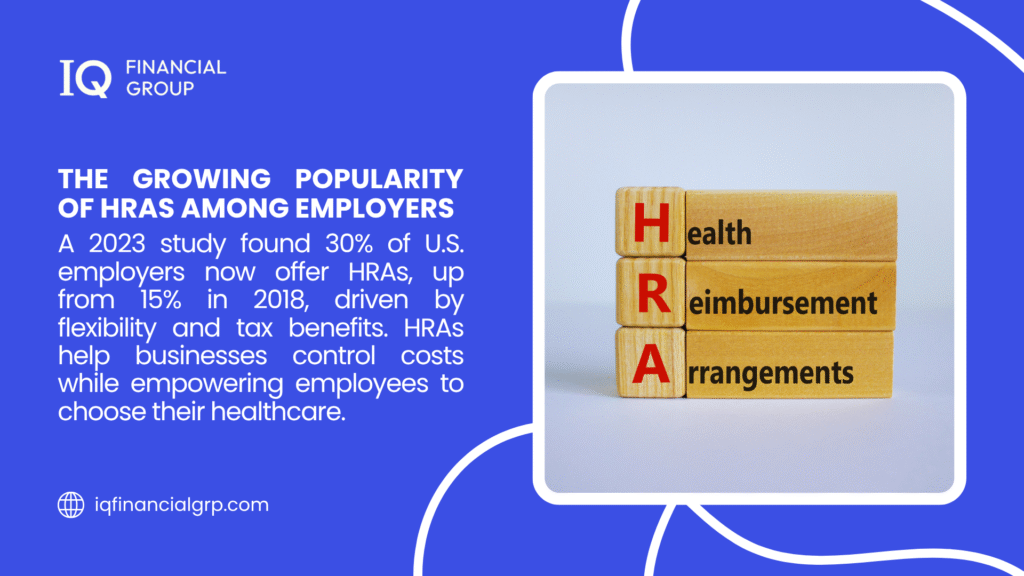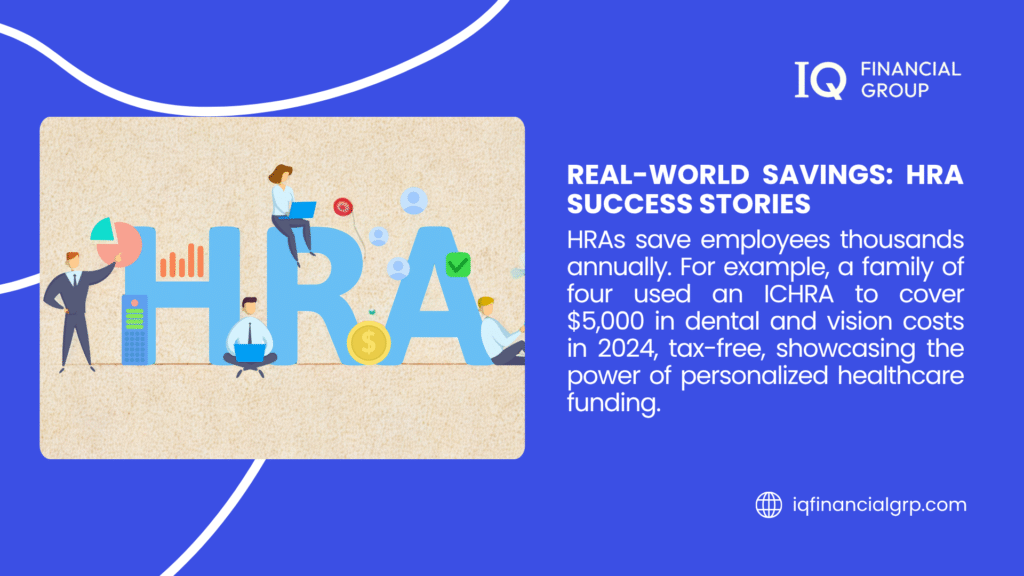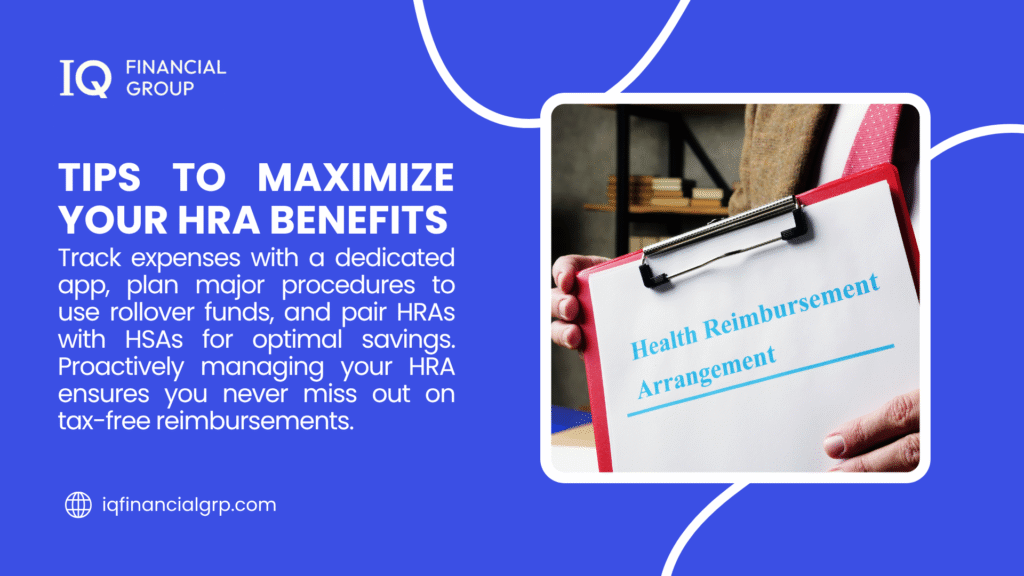Healthcare costs are brutal right now. A simple doctor visit can cost more than most people’s grocery budget for a week. So when someone mentions “what is HRA” during a conversation about benefits, ears perk up. Health Reimbursement Arrangements are quietly saving people a lot of money on medical expenses.
Most people have never heard of HRAs until their employer mentions them during open enrollment. The benefits coordinator throws around terms like “qualified medical expenses” and “tax-free reimbursements,” but nobody really explains what HRA is. Meanwhile, people are missing out on what could be hundreds or even thousands of dollars in tax-free money for their healthcare costs.
What is HRA and How Does It Work?
An HRA is basically free money from employers for medical bills. Companies put aside a chunk of cash each year that employees can use for healthcare expenses. When workers need to pay for medical stuff, they submit their receipts and get paid back from this account.
For example, Sarah’s kid needs glasses. The bill comes to $350. She pays at the store, takes a photo of the receipt with her phone, uploads it to her HRA app, and three days later, $350 hits her checking account. No insurance hassles, no deductibles, no waiting weeks for approval.
With this setup, everyone wins. Companies get tax write-offs for the money they contribute to HRAs. Employees get tax-free cash for medical expenses. It’s one of those situations where the tax code actually helps regular people instead of just corporations.
Types of Health Reimbursement Arrangements
Individual Coverage HRA (ICHRA)
This lets companies give employees money to buy their own health insurance, plus cover medical expenses. Instead of being stuck with whatever plan the company picked, workers can shop around and find insurance that is not that bad.
Companies like this because they don’t have to manage health plans anymore. Employees love it because they finally have choices. Pretty simple concept.

Qualified Small Employer HRA (QSEHRA)
Small businesses with fewer than 50 full-time workers can use this to help employees pay for health insurance and medical costs. Most small business owners want to offer health benefits but can’t afford traditional group plans. This gives them a way to help their people without going broke.
Excepted Benefit HRA (EBHRA)
This works with existing group health plans and usually covers dental, vision, and other extras. The amounts are smaller, but it’s a nice bonus coverage for routine stuff like eye exams and teeth cleanings.
HRA Eligibility and Contribution Limits
Most employees who can get their company’s health plan can also participate in an HRA. Companies have flexibility in setting rules, but they can’t play favorites or discriminate.
| HRA Type | 2025 Contribution Limits | Employee Requirements |
| ICHRA | No federal limit | Must have individual health insurance |
| QSEHRA | $6,350 individual / $12,800 family | Cannot have group health plan |
| EBHRA | $2,100 annually | Cannot have a group health plan |
Companies can adjust amounts based on things like job level, family size, and age. They just need to follow the rules about not discriminating against certain groups.
What Expenses Can HRAs Cover?
HRAs cover way more than most people realize. Obviously, doctor visits, hospital stays, prescription drugs, and preventive care are covered. But they also pay for things that insurance companies hate covering.
Dental and vision expenses are huge winners. While people constantly stress about whether or not health insurance covers eye exams, HRAs typically just pay for them without any drama. Same thing with braces – instead of fighting about whether health insurance covers braces, HRAs often handle the whole bill.
Alternative healthcare is where things get interesting. Questions like does health insurance cover chiropractors or does health insurance cover dermatology become less important when HRAs can reimburse these services directly.
Over-the-counter medications, medical equipment, and sometimes even gas money for medical appointments can qualify. The trick is checking what the specific plan allows since what health insurance covers might be totally different from what an HRA covers.

Tax Benefits of HRAs
This is where HRAs really kick butt compared to regular salary increases. Companies deduct HRA contributions as business expenses, which cuts their tax bill while giving employees valuable benefits.
For workers, HRA reimbursements are completely tax-free. Someone in a 25% tax bracket who gets $1,000 in HRA reimbursements keeps the entire $1,000. If they got a $1,000 raise instead, they’d only take home $750.
The tax benefits work similarly to a health savings account, though the funding is completely different. Unlike a tax free savings account, where people use their own after-tax money, HRA funds come from employers and don’t mess with personal tax situations when used correctly.
HRA vs. HSA vs. FSA
These three account types confuse the hell out of people, but they’re actually pretty different. HRAs are employer-funded only; employees can’t add their own money. HSAs allow both employer and employee contributions but require a high-deductible health plan. HSAs also let people invest the money for long-term growth.
FSAs are mainly employee-funded through payroll deductions and usually have use-it-or-lose-it rules. HRAs often let unused funds roll over from year to year, though this depends on what the employer decides.
Lucky people sometimes have access to multiple account types. Combining an HRA with a health savings account can really maximize healthcare spending power and tax benefits.
Managing HRA Accounts
Most companies hire outside administrators to handle HRA management, which means employees deal with the administrator instead of HR for reimbursement requests. These administrators usually have mobile apps or websites that make submitting claims fairly easy.
Keeping records becomes super important with HRAs. Receipts, insurance statements, and any other paperwork proving an expense was for medical care need to be saved. Lose the receipt, lose the reimbursement.
Planning ahead helps maximize HRA benefits. Since many HRAs let unused funds roll over, some people save their HRA for bigger expenses while paying smaller costs out of pocket. This works especially well for people also building up a health savings account or learning how to avoid tax on savings account interest through smart account management.
Common HRA Mistakes to Avoid
The biggest screw-up people make is not understanding their specific plan’s rules about what expenses qualify. While IRS guidelines provide the basic framework, employer plan documents might have extra restrictions that need to be followed.
Terrible record-keeping causes major problems. Submitting reimbursement requests without proper documentation leads to delays and rejections. Staying organized throughout the year prevents these headaches.
Some employees don’t think strategically about their HRA funds. While HRAs don’t have the same use-it-or-lose-it rules as FSAs, understanding the specific rollover and forfeiture rules helps people make smarter decisions about when to seek reimbursement.

We Can Optimize Your Healthcare Benefits Strategy
Healthcare benefits are confusing, but they don’t have to stay that way. IQ Financial Group helps people figure out their healthcare options and develop financial strategies that squeeze every possible benefit from HRAs, health savings accounts, and other tax-advantaged accounts.
The team at IQ Financial Group can help people understand how their HRA fits into their bigger financial picture and make sure they’re grabbing all available tax benefits.
Don’t let confusion about healthcare benefits cost you money or cause stress.
YAlso Ready:

